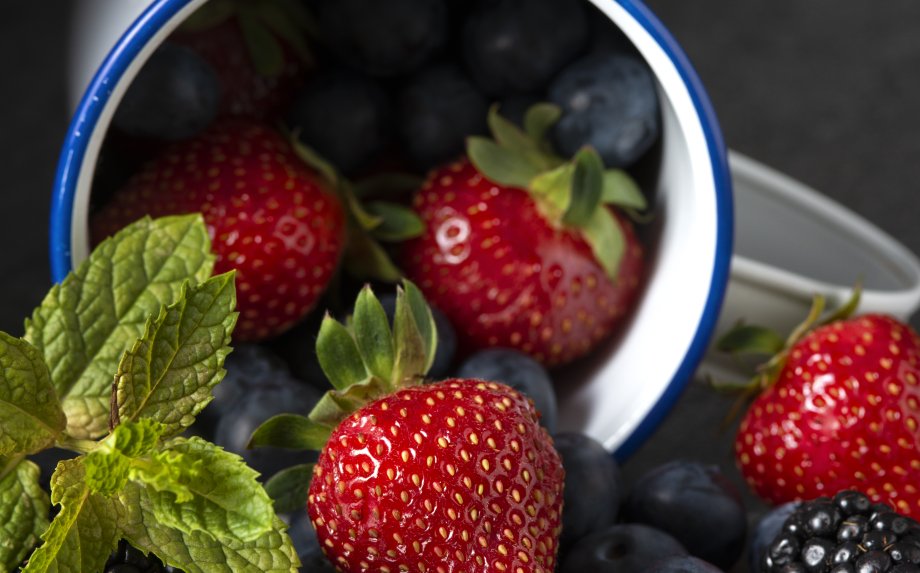Globally, the berry market is witnessing uneven trends: demand has surged substantially in some nations, whereas in others, there's been a notable decline in consumption
The global berry market is experiencing uneven fluctuations
In both Europe and North America, the demand for raspberries and blueberries has significantly increased. Western Europe regards raspberries as a delicacy, whereas in China, they are less sought after, leading to a reduction in their market presence. The supply of raspberries, blueberries, and other berries is on the decline. Persistent heatwaves across various regions have adversely affected yields, maintaining high demand and pushing up prices for berries, which are now often hailed as superfoods. The global consumption of these soft fruits has doubled over the last decade, and it's expected that per capita consumption of berries will continue to increase. Italian berry market specialists argue that selective breeding is essential to produce high-quality berries, extend the harvest season, and adapt cultivation to less ideal soils. Supply can't keep up with the growing demand for berries. Demand in Southern Italy alone has skyrocketed by 70 percent, predicting an expansion of berry cultivation in the near future. The 2022 heatwave significantly impacted the Western European berry market, with raspberry and blueberry supply, quality, and prices experiencing considerable fluctuations in the Netherlands and Belgium. The erratic ripening caused by the heat made market prediction and control challenging. Raspberries, although heat-tolerant, ripened unevenly under such conditions, leading to periods of scarcity and oversupply. During times of excess, prices plummeted from 10 to 5 Euros per kg. Similarly, blueberry prices, which once soared to 30 Euros per kg, later dropped to 10 Euros or less. Berry market analysts note that despite the demand, selling berries has become difficult due to an increase in growers across Europe, intensifying competition.
In Germany, 2022 was a good year for red currants, highly favored in the local market despite high prices, with consumers paying up to 4.2 euros for half a kilogram. Additionally, there was a decrease in the availability of raspberries and black currants. Nonetheless, the demand for berries remains as strong as ever, leading to a swift increase in prices. The berry market in Western Europe is gradually being augmented with Polish products, especially in the wholesale sector. Poland ranks as the third largest producer of strawberries in the EU, after Spain and Germany. Its strawberry production varied from 146 to 205 thousand tons annually between 2014 and 2020, with exports making up 54 to 70 percent of the harvest. In 2021, Poland harvested 156 thousand tons of strawberries, exporting 102 thousand tons, including 19.2 thousand tons fresh and 82.8 thousand tons frozen. Poland stands as the world's foremost exporter of frozen strawberries, with annual exports ranging from 80 to 120 thousand tons between 2014 and 2020. In 2021, about 88 percent of these exports were destined for EU countries, mainly Germany, the Netherlands, and France. Fresh strawberry exports ranged from 6 to 19 thousand tons, primarily purchased by non-EU countries during the same period.

